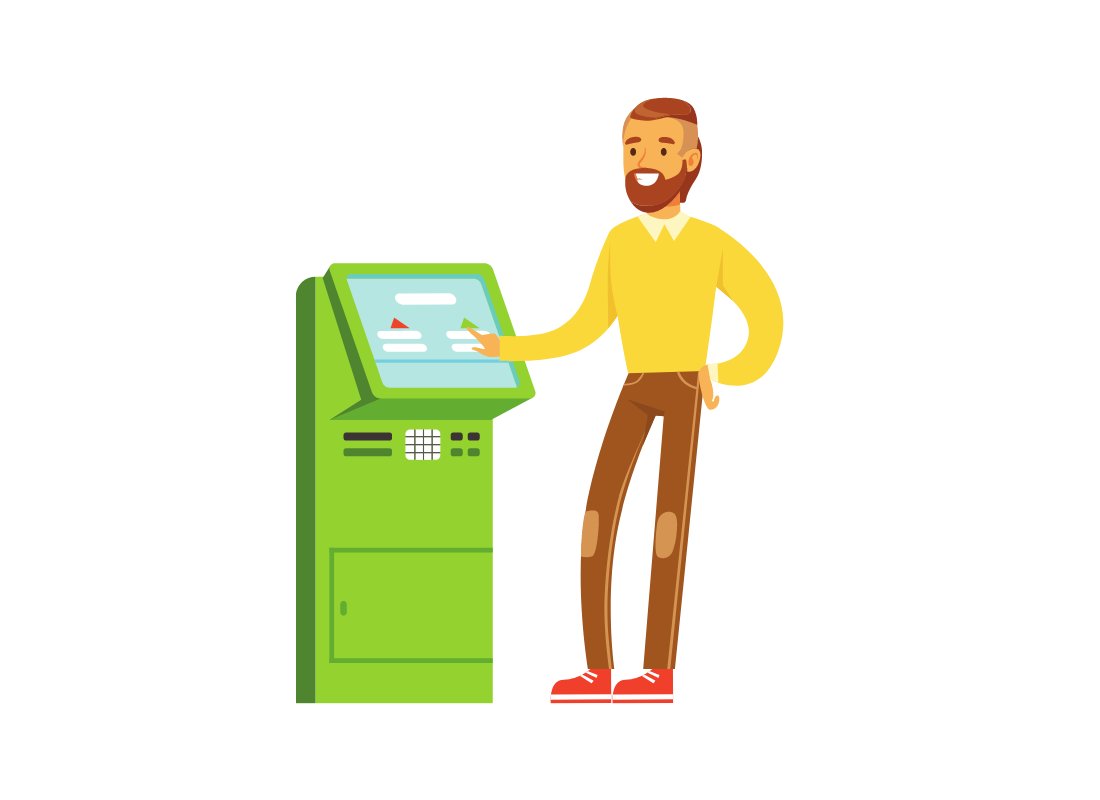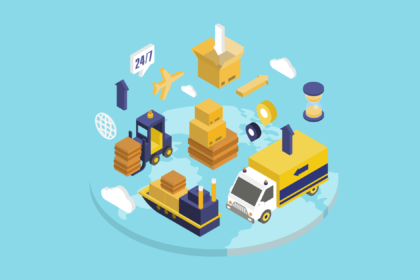Imagine a customer trying to return a product on your website. They are stuck in a maze of emails, phone calls, and endless waiting.
If your return process is way too complex, chances are the customer wouldn’t want to shop with you again. A study by ParcelLab found that 92% of shoppers say an easy return policy affects their buying choices, while 62% say they probably won’t shop with a retailer with a bad return experience.
We get it. Returns can be a nightmare for both customers and retailers. Customers want a quick and hassle-free process, but they don’t know the work that goes behind it, where retailers are drowning in manual processing, customer complaints, and return fraud.
When left unchecked, this process of handling returns manually can be a headache for retailers, wasting precious time, resources, and profits.
And this is why you need self-service returns. They provide an automated, customer-friendly solution to make the returns process a breeze. In this guide, we’ll break down what self-service returns are, how to implement them, and why they’re a game-changer for your e-commerce business.
What are Self-Serve Returns?
Self-service or self-serve returns let customers kick off returns on an e-commerce site without having to call customer service or exchange a bunch of emails. They can simply enter their email ID or order number on the returns portal, select the items they wish to return or exchange and download a shipping label or QR code to complete the process.
They can then prepare the package for pick-up by a designated carrier or drop it off at the given location. Self-service returns also allow customers to share the reason for the return or exchange, giving you valuable insights into customer behavior.
How to Implement a Self-Serve Returns System?
One of the easiest and most efficient ways to set up a self-serve returns system is by partnering with a third-party returns management provider like LateShipment.com. It streamlines the entire return process, making returns and exchanges quicker and hassle-free for both you and your customers. Here’s how:
- Branded Return and Exchange Portal: Allow customers to kick off returns through a self-guided, branded return portal that integrates seamlessly with your storefront. This way, they won’t have to hunt down info on how to return something—everything they need is right at their fingertips.
- Smart Policy Compliance: Whether it’s enforcing return windows, handling non-returnable items, or following any other custom rules you’ve set, LateShipment.com takes care of applying these conditions automatically whenever customers request a return.
- Downloadable Shipping Labels: Once a return is initiated, customers can quickly create and download shipping labels right from the portal. The system also gives clear, detailed shipping instructions, ensuring your customers know exactly how to send the item back without confusion.
- Integration with Popular Platforms: LateShipment.com integrates seamlessly with major e-commerce platforms like Shopify, BigCommerce, Magento, and more, making it easy to set up and manage across different storefronts.
What are the Benefits of Offering Self-Service Returns?
Offering self-service returns isn’t just a nice-to-have. It provides added convenience and efficiency for both customers and retailers. Salesforce research shows that 61% of customers would rather handle simple issues themselves, including returns, than deal with customer support. For retailers, self-service returns can streamline operations and even cut costs. Let’s look at these benefits in detail.
Benefits for Consumers:
- More Control Over Purchases: Self-service returns let customers take charge of the return process. They get to choose when and how to start a return without waiting for help from customer service.
- Faster Resolutions: With a self-serve system, returns are processed quickly. Customers don’t have to wait for a support rep to handle their requests, which means they can get their refund or exchange faster.
- 24/7 Availability: Self-service returns translate to returns around the clock, meaning customers can initiate a return or exchange at any time—whether early morning or late at night. This is super convenient, especially for those with busy schedules who can’t always contact support during regular business hours.
- Enhanced Convenience: A self-serve returns system makes things way easier for shoppers. From starting the return to printing shipping labels and tracking the return progress, everything is done online, saving time and effort.
Benefits for Retailers:
- Cost Savings: Automating the return process can cut down on the need for customer support, which helps lower operational costs. Plus, self-service returns reduce the admin workload and expenses associated with manually processing returns.
- Better Customer Retention and Loyalty: A smooth, easy return process can enhance customer satisfaction and build trust in your brand. When customers know they can return items without trouble, they’re more likely to shop with you again, leading to better customer retention and stronger loyalty.
Choosing the Right Self-Serve Returns Solution
With tons of self-serve returns solutions, each claiming to be the best, finding one that really fits your needs can feel overwhelming. But worry not, for we’re here to help. Here are some practical tips for finding the perfect self-serve returns solution for your business:
1. Identify Your Pain Points
We know, we know, the same old thing. But hear us out. How will you find the ultimate self-service returns solution for your business unless you know the problems you want to solve with it?
So, start by looking at your existing returns process. How do your customers initiate returns? What are the steps involved? How long does it take? And most importantly, what are the friction points?
Once you identify the problem areas, it’ll become a lot easier to filter solutions that deliver exactly what you’re looking for.
2. Check Out the Features
A solution could offer hundreds of innovative features. But if it doesn’t have that one key feature that aligns with your return policy and customer expectations, it’s practically useless for your business.
Look for features like:
- A branded portal
- Automated policy compliance
- Downloadable shipping labels
And lastly, don’t overlook integrations. A solution is only as good as its ability to connect with your existing e-commerce platform.
3. Consider Your Budget
Once you’ve narrowed your options to a handful of top contenders, it’s time to compare their pricing to ensure it fits your budget.
Remember, the goal is not to opt for the cheapest option. Instead, prioritize solutions that offer the maximum value for your money.
Conclusion
Self-service returns can help you up your e-commerce game by giving customers more control over their orders. By eliminating the involvement of a customer service rep, you can not only accelerate the process but also give your team more time to focus on more complex issues.
Plus, with platforms like LateShipment.com, you can simplify returns tracking for customers, automate label generation, and get access to powerful data, all on a centralized dashboard.
Experience the power of LateShipment.com’s returns experience management solution. Book a demo today.








